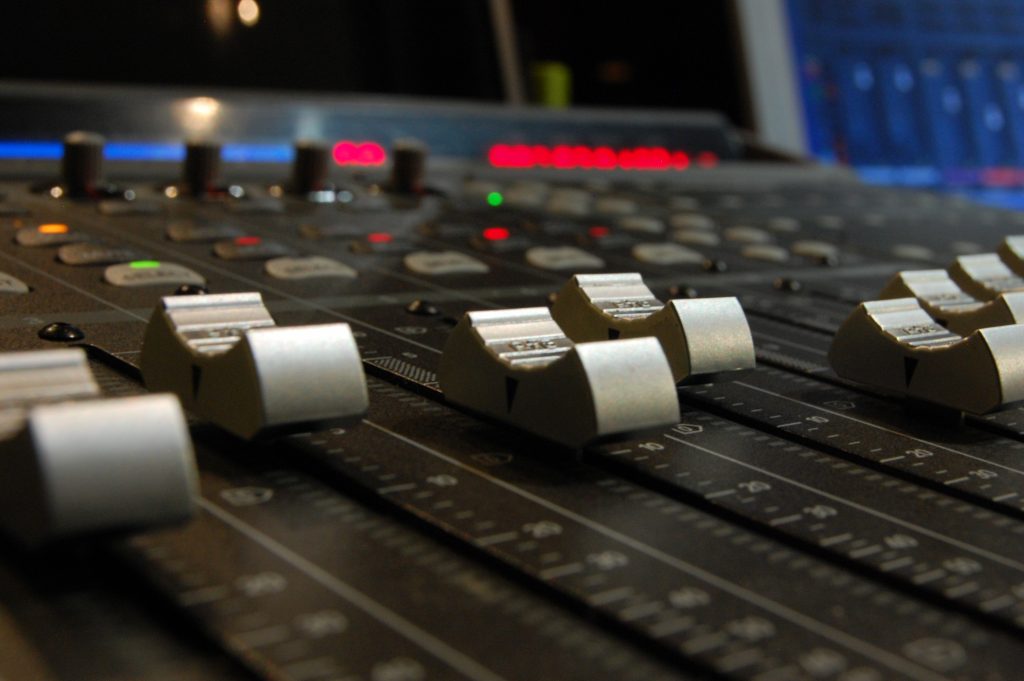Film Score vs. Sound Design vs. Sound Mix: Understanding the Differences
In the world of filmmaking, sound is often the invisible force that guides emotion, builds atmosphere, and enhances storytelling. But not all sound is created—or used—the same way. If you’ve ever wondered about the difference between a film score, sound design, and a sound mix, you’re not alone. These three elements work together to create the full auditory experience of a film, TV series, or video game, but each serves a unique purpose in the soundscape.
Let’s break them down:
1. Film Score: The Emotional Backbone
The film score is the musical component of a project—original music composed specifically to support the emotion, tone, and rhythm of a scene. Unlike a soundtrack, which may include pre-existing songs, a score is composed from scratch and is tightly woven into the story arc.
Key characteristics of a film score:
- Enhances emotional resonance (fear, romance, tension, triumph)
- Supports pacing and narrative transitions
- Can be orchestral, electronic, ambient, or minimal—depending on genre
- Often created in close collaboration with the director and editor
Think of the sweeping strings in Schindler’s List or the pulsing synths in Drive—the score helps define the soul of a film.
2. Sound Design: The Sonic World-Building
Sound design is the art of creating and manipulating audio elements that define the physical and emotional world of a story. It includes both realistic and abstract sounds—from footsteps on gravel to futuristic spaceship engines or the eerie wind in a haunted house.
What sound designers do:
- Create sound effects from scratch or manipulate existing sounds
- Use tools like synthesis, field recording, or Foley (recorded real-world actions)
- Shape the mood and atmosphere of a scene
- Heighten realism or create hyperreal, surreal, or sci-fi environments
While a score speaks to the heart, sound design speaks to the senses, placing the viewer in the world of the film.
3. Sound Mix: The Final Blend
Once the score, dialogue, and sound effects are created, it’s time for the sound mix. This is the final balancing act where all the sonic elements are carefully layered, leveled, and placed in the audio space (left, right, front, rear, etc.).
A sound mixer’s job includes:
- Balancing dialogue, music, and effects so nothing overpowers the others
- Adjusting volumes and dynamics for clarity and emotional impact
- Panning sounds across channels (important for surround sound formats)
- Creating different mixes for theater, TV, streaming, or mobile
The sound mix is what makes everything feel polished and immersive. When done right, the audience isn’t even aware of it—it just feels right.
Why It Matters
Understanding the difference between these elements is essential for directors, producers, and even composers. Each contributes a vital piece to the final product:
- The score tells us how to feel.
- Sound design tells us where we are.
- The mix tells us what to focus on.
In great films, these three roles work in harmony, often blurring the line between music and noise, emotion and action.
At Noise Gallery Music…
We specialize in all three. Whether you need a custom film score that elevates your story, innovative sound design that creates a signature atmosphere, or a broadcast-ready mix that sounds phenomenal across formats—we’ve got you covered.
Let us help you bring your vision to life through unforgettable sound.

